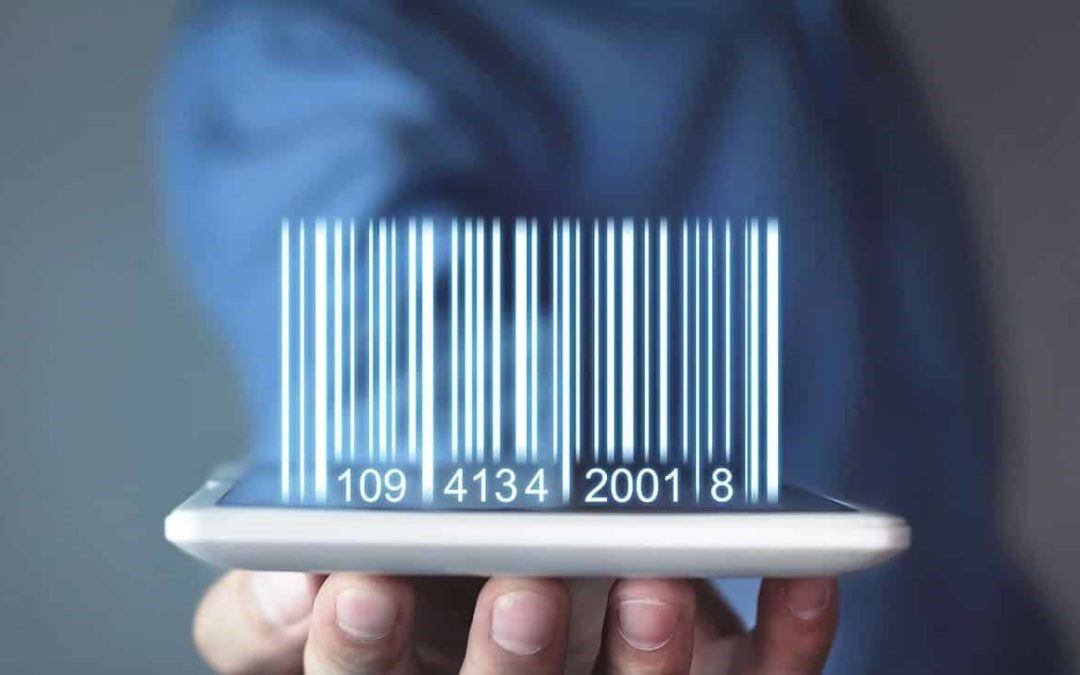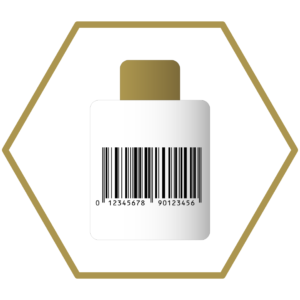Pharma serialization is indispensable to the fight against counterfeit drugs but without advanced verification measures, it’ll continue to remain only a blunt tool. Covert counterfeit protection will only compound serialization’s significant benefits.
According to research, the global counterfeit pharmaceutical drugs market is estimated to be as large as $200 billion to $431 billion annually. This ever-growing and often-underestimated menace costs countless lives and dollars every year across the globe. Although regulations like the US Drug Quality and Security Act (DQSA) and the European Union-Falsified Medicines Directive (EU-FMD) have mandated measures like serialization to combat the problem, it’s only a half measure.
Serialization attempts to bridge the gap between an unbridled illegal pharma industry and a sufficiently controlled one. But companies are either overlooking the value of serialization altogether or failing to adequately secure their supply chains using existing serialization technology. There needs to be a concerted push toward combining serialization with cutting-edge and tamper-proof verification technologies to make a serious dent in the counterfeit trade.
What Is Serialization in Pharma?
Serialization in pharma refers to tagging every unit of a manufactured drug with a unique identifier that’s printed on its packaging. Information like is printed on the primary packaging (in contact with the drug), secondary packaging (carton or bottle), and tertiary packaging (crates or pallets) of the product.
While GLN and GTIN indicate locations and individual products respectively, the serial number indicates a single saleable unit of every product. The lot number identifies a group of units part of the same lot or batch.
The specific definitions and formats followed by every country may differ slightly but they largely adhere to the GS1 standards to ensure uniformity. The most fundamental objective of serialization is to have visibility into complex supply chains across the manufacturing, shipping, and dispensing operations of pharma companies.
Pharma companies achieve this by printing all the necessary unique information on each unit of the product and the secondary and tertiary packaging as well. Each piece of information is also captured in an electronic aggregation system along the way. This way, it can be shared as needed with the necessary stakeholders later without the need to access the product units again.
Why Do Pharma Companies Need Serialization?
A regulatory mandate, serialization goes much beyond compliance and provides pharma companies with essential benefits ranging from efficient and organized operations to anti-counterfeiting to even identification of best-selling batches. Let’s look at these benefits in detail:
Clear Visibility of the Supply Chain
Due to the inherent complexity and scale of the pharmaceutical supply chain and logistics processes, manufacturers need an efficient system to always have visibility into where their products are in the supply chain. Assigning unique identifiers to every product unit helps pharma companies achieve this supply chain visibility.
Anti-Counterfeiting Controls
Counterfeit drugs pose huge financial and brand reputation risks to pharma manufacturers. Ensuring their products are effectively tagged with unique codes enables stakeholders to differentiate them from fake and substandard products. Customers and partners in the supply chain can scan the packaging codes to determine whether a particular product originated from a genuine batch of a brand or not.
Streamlined Product Recalls
In some cases, pharma drugs or devices are found to have unforeseen issues or side effects, requiring manufacturers to recall them from the market. Effective serialization allows manufacturers to track and trace the particular batches with the issues and withdraw them from circulation.
Better Manufacturing Decisions
Pharma manufacturers can even use serialization to assess which batches of products fared better than others in the market. The unique identifiers of the products enable tracking their consumption as manufacturers have a view of every batch from the factory to the consumer. They can use this information to better inform their manufacturing strategies and processes.
Limitations of Serialization — You Still Need Verification
The anti-counterfeiting benefits of serialization discussed in the previous section only go so far in combating the illegal pharma drug trade. Though it provides a level of differentiation between genuine and counterfeit products, the overt solutions currently employed by pharma companies are riddled with a number of flaws.
Firstly, controls like unique QR codes or holograms can be easily replicated by counterfeiters. Although it is possible to detect the fakes by scanning them at different points in the supply chain, it requires a remote connection. Moreover, the unique codes can be erased, rendering verification impossible. It’s also common in many countries for products to undergo re-packaging and labeling which again makes the codes unusable.
Secondly, choosing only overt serialization techniques means counterfeiters can add their own identifiers to fake products that are never implemented by the original manufacturers. Consumers are likely to choose counterfeits over genuine products simply because the fakes have a number of QR codes on them.
Thirdly, modifying product packaging to include overt or visible serialization involves additional design, printing, and other overheads to the cost.
Hence, serialization is not enough for airtight supply chain track and trace or for protecting products from the dangers of counterfeiting.
Covert Counterfeit Protection for Tamper-Proof Serialization
The limits of serialization make it an ineffective tool against counterfeit pharma drugs. Governments and international standards organizations are doing good work to make serialization measures more robust. But the pace of progress leaves a lot to be desired. Pharma manufacturers need to realize this and adopt innovative serialization and counterfeit protection technologies far more advanced than existing norms.
Covert counterfeit solutions that are invisible and implemented on the packaging using highly advanced technology are near-impossible to replicate. It’s not a worthwhile financial investment for counterfeiters to try to reverse engineer covert solutions implemented by pharma manufacturers.
Innovative solutions like hidden fingerprints or micro-holes embedded in the product packaging can be included in product packaging without major modifications to the production and printing processes.
Solutions like AlpVision Fingerprint are highly suited to molded and stamped products. Manufacturers can serialize multiple lines of products with the same reference without increasing costs by a lot.
Moreover, it can be an even better solution to combine overt and covert solutions in existing serialization processes. While visible identifiers like QR codes and holograms can be retained so as not to elicit doubt in the minds of consumers, invisible solutions like Cryptoglyph or Secured QR Code can bolster protection against counterfeiting.
Different brands and manufacturers might need to assess the viability of implementing which covert and overt solutions to implement. You can read our Secured QR code vs Cryptoglyph whitepaper to choose the most appropriate protection for your brand.
Pharma Serialization Plus Covert Counterfeiting Protection
Serialization in pharma is a necessity but it also needs to be enhanced in order to offer meaningful protection against counterfeiting. By combining existing serialization measures with advanced, hard-to-replicate solutions, pharma manufacturers can put up a fight against counterfeiters and save billions in lost revenues every year. In addition, the countless lives saved in the process will lead to increased trust and confidence in consumers.
Contact AlpVision today to learn how you can implement secure, multi-layered authentication for your products.





